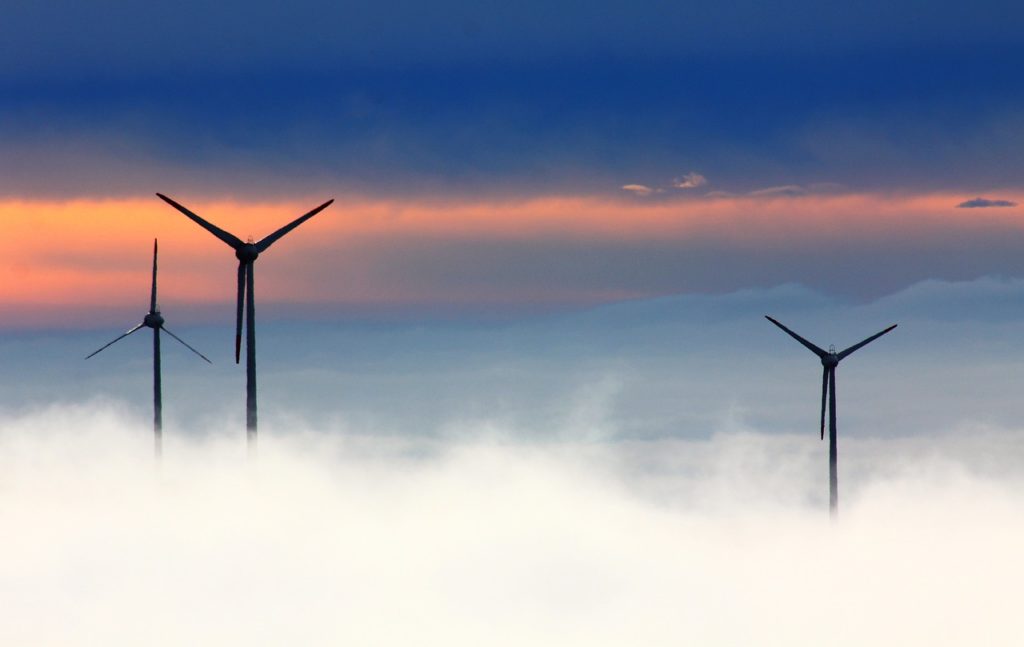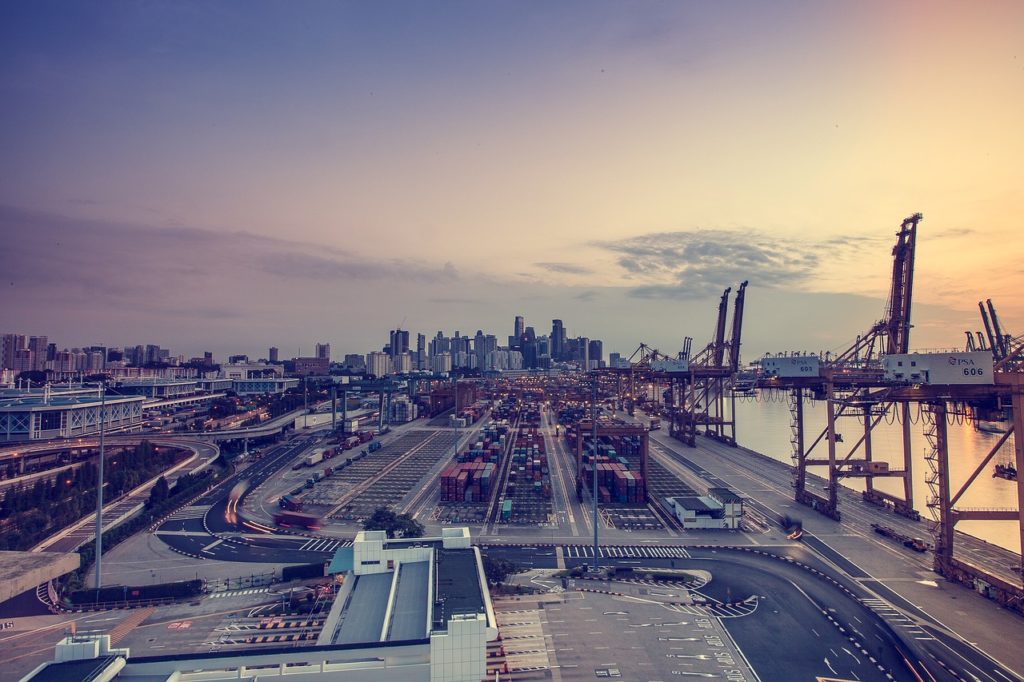Transitioning to wind energy is one of the most viable ways to reduce our environmental impact. Besides plans to increase our reliance on wind power, the development of support tools and transporting offshore wind turbines will be crucial in making decisions at logistics and planning levels in such complex environments as wind energy.
Installing offshore wind turbines involves a number of distinct logistical stages, from manufacturing components to assembling them, which is why Kimua offers a full range of transport, installation and maintenance solutions that adapt to the specific challenges of each and every project.
What challenges are involved in offshore installations?
The engineering challenges involved in transporting and installing wind turbines at sea have led to several new machinery developments and innovative construction techniques. Significant capital investment is, naturally, to be expected when it comes to building an offshore wind farm. However, the costs of transportation and installation greatly depend on the time required to complete each process and can be minimised by optimally selecting a number of variables, like technology.
Beyond cost, we need to closely consider many other elements that can hinder the process, such as adverse weather conditions and long-term erosion, since wind turbines need to be designed to be operational for decades to come.

How is an offshore turbine transported and installed?
Wind turbines are built on land as kits, meaning separate component parts that include the base, the tower sections, the nacelle (which houses the generator and gearbox), the hub (interface between the nacelle and blades) and the turbine blades themselves. This separation into different sections facilitates their installation out at sea; additionally, having some parts already preassembled on land is a way of reducing risks and associated costs.
Separate and semi-assembled components are transported in jackup vessels, ships specially built to cope with the dimensions involved and to be able to manoeuvre and lift the loads accurately once in position. In addition to high-performance cranes, these ships are equipped with legs to lift themselves above the sea level, so the impact of the waves doesn’t affect the operations.
Summarizing, the use of the appropriate technology is one of the keys to reach the objectives of having the turbines installed correctly, safely and efficiently; time is “precious” at sea and all the tools that help optimizing installation times are welcome. Here is the area in which Kimua has a lot to offer.

How does Kimua make the process easier?
Kimua offers a wide range of solutions for transporting and installing offshore wind turbine components safely and efficiently.
Solutions for transporting and preinstalling 200-ton tower sections in upright positions on the deck of an installation ship, different kinds of lifting beams for bringing up components on to the turbine and other smart solutions for replacing components inside the nacelle, are some of the tools Kimua has developed in the past to support its client in the wind offshore business.
Our experts bring their vast management and engineering experience of loading and unloading, transporting and installing offshore wind turbines safely to every project, identifying any potential risks well in advance and optimising costs as part of all our maritime operations.


